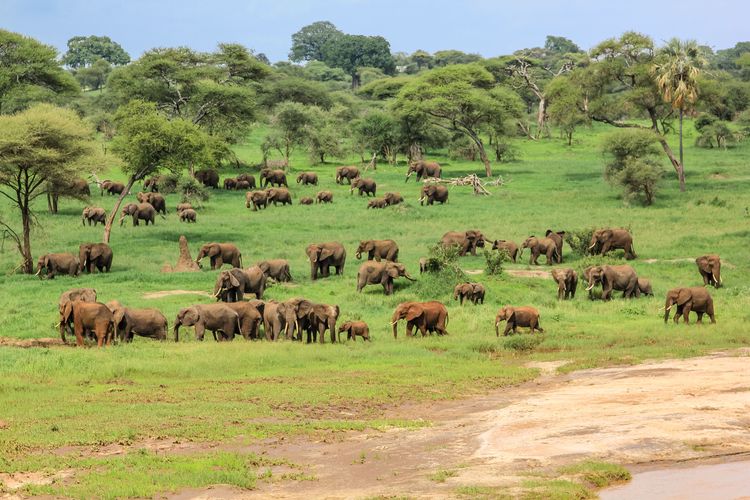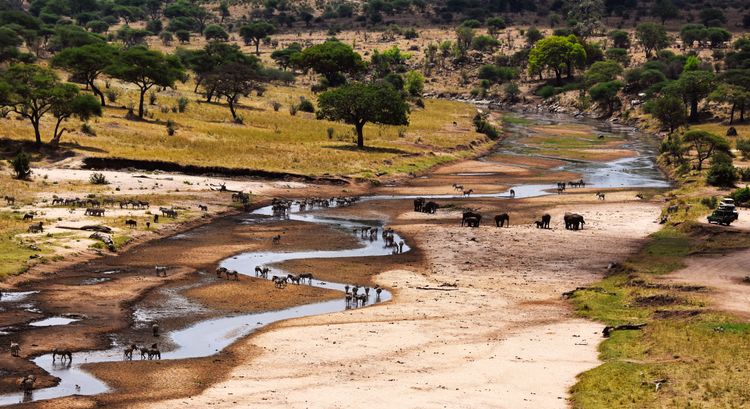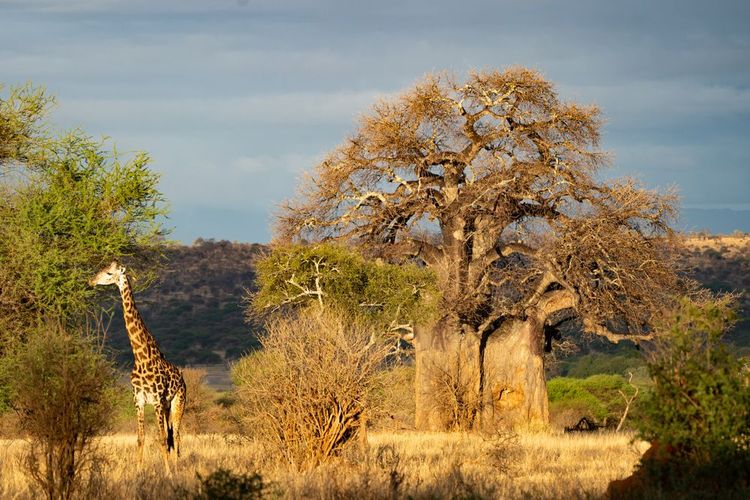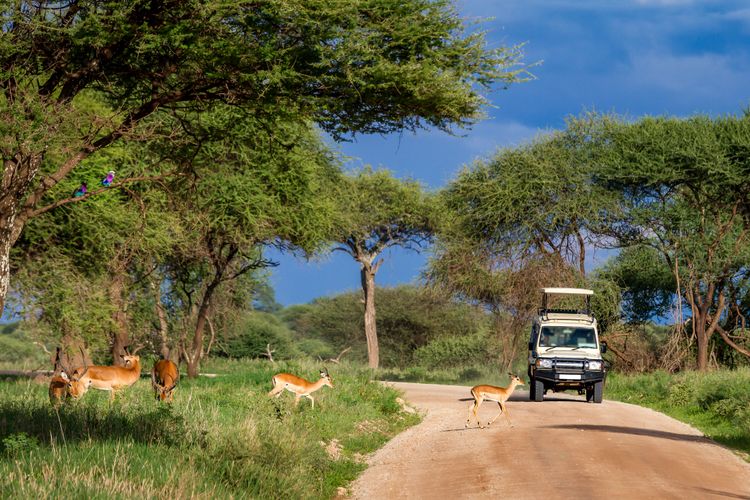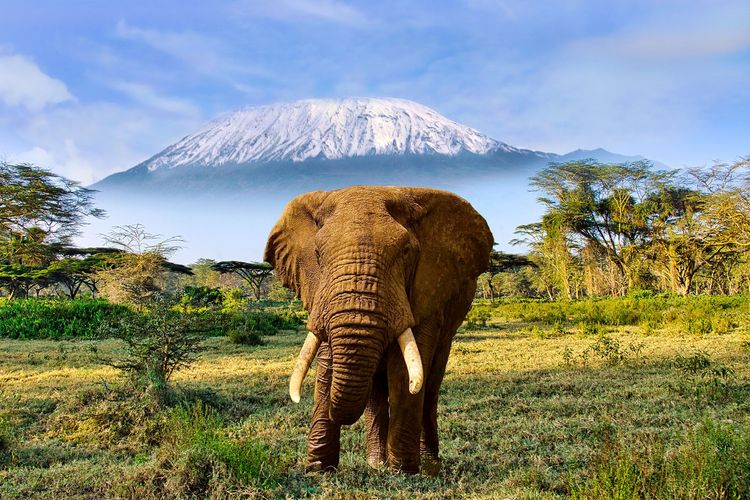With its abundant wildlife, unique landscapes and memorable safari experiences, Tarangire Park is a veritable treasure trove of nature. It is part of the vast Maasai steppe ecosystem. Although it is not one of the most visited parks in Tanzania, the richness of its flora and fauna is absolutely on a par with the country's most famous wildlife parks, such as the Serengeti or Ngorongoro. And here lies its most compelling asset.
Indeed, a safari in Tarangire National Park is the guarantee of an extraordinary adventure, far from the crowds of the big parks and in complete tranquillity! A protected reserve, the park is home to a high density of animals, notably renowned for its large elephant population, its baobab forests and its small-scale migration. In fact, this is the park with the highest number of elephants in the world. During the dry season, you can see groups of up to 250 elephants. The population of these large mammals in the park is estimated to be at least 3,000 during the dry season.
In fact, the elephants are sure to find water here thanks to the river, hence their presence! An intense and impressive spectacle awaits you. What's more, along with the Serengeti, these are the only parks in the world where the elephant population is growing.

